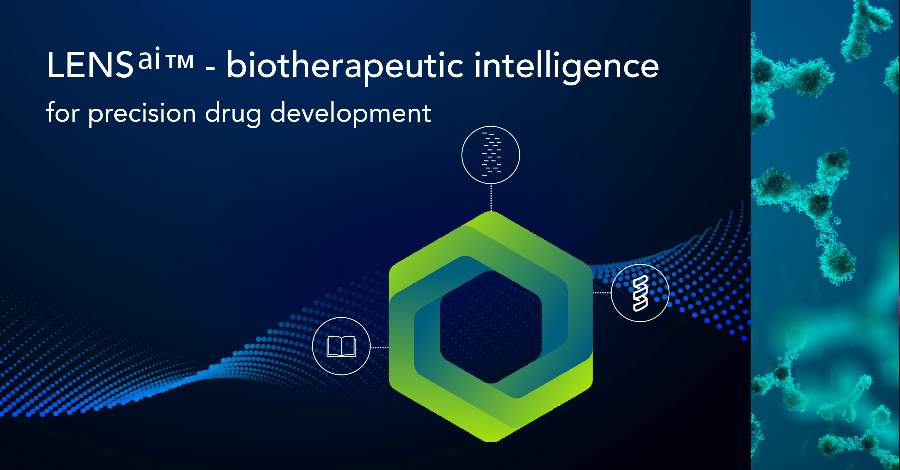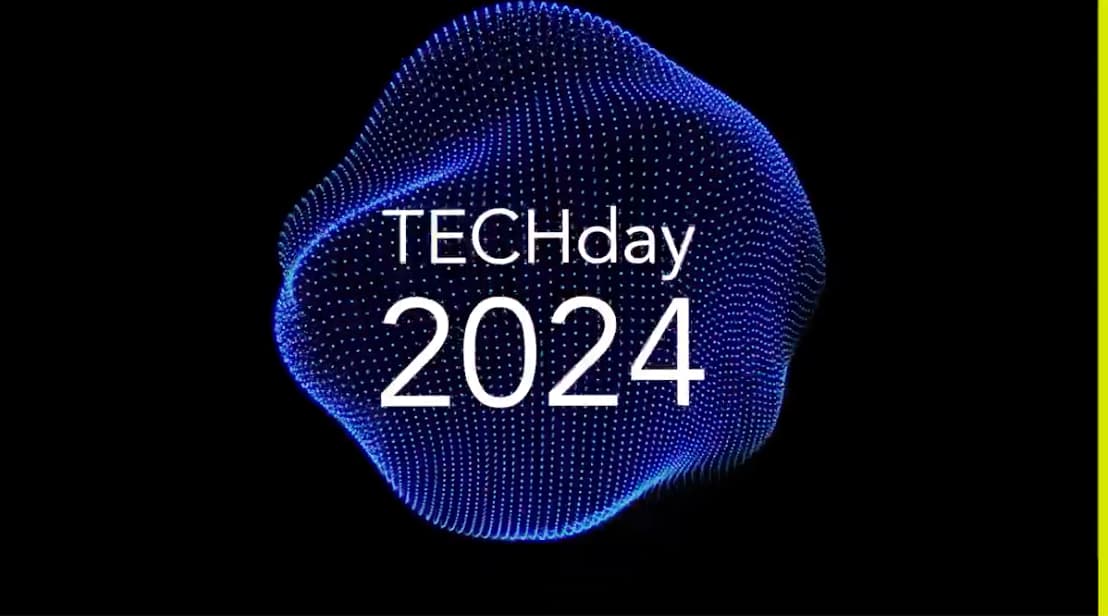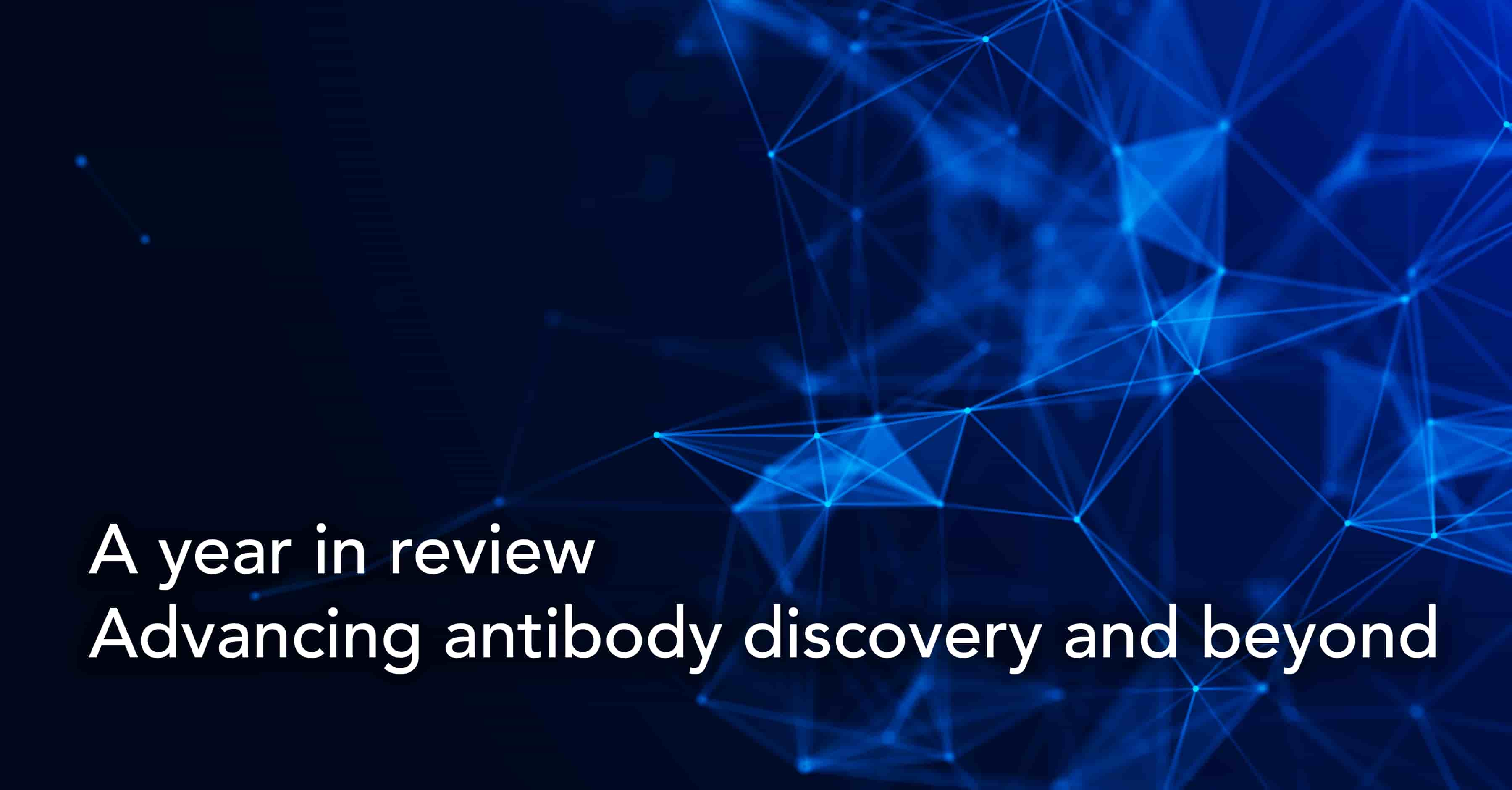LENSai™ - biotherapeutic intelligence for precision drug development

The completion of the Human Genome Project in 2003 set the stage for the modern era in precision medicine. The emergence of genomics, the first omics discipline, opened up new opportunities to personalize the prevention, diagnosis, and treatment of disease to patients’ genetic profiles.
Over the past two decades, the scope of modern precision medicine has expanded much beyond the first omics. Today, there are a variety of omics technologies beyond genomics, such as epigenomics, transcriptomics, proteomics, microbiomics, metabolomics, etc. generating valuable biomedical data from across different layers of biological systems.
However, structured data from omics and other high-throughput technologies is just a small part of the biomedical data universe. Today, there are several large-scale clinical and phenotypic studies generating massive volumes of data. And new unstructured data-intensive outputs, such as EHR/EMRs and text-based information sources, are constantly creating even more volumes of quantitative, qualitative, and transactional data. As a result, precision medicine has evolved into a data-centric multi-modal practice that traverses omics data, medical history, social/behavioral determinants, and other environmental factors to accurately diagnose health states and determine therapeutic options at an individual level.
The challenge, however, with clinical and biomedical data is that they constitute a wide variety in terms of size, form, format, modality, etc. Seamlessly integrating a variety of complex and heterogeneous biological, medical, and environmental data into a unified analytical framework is therefore critical for truly data-centric precision medicine.
AI/ML technologies currently play a central role in the analysis of clinical and biomedical big data. However, the complexity of classifying, labeling, indexing, and integrating heterogeneous datasets is often the bottleneck in achieving large-scale AI-enabled analysis. The sheer volume, heterogeneity, and complexity of life sciences data present an inherent limitation to fully harnessing the sophisticated analytical capabilities of AI/ML technologies in biotherapeutic and life sciences research. The key to driving innovation in precision medicine, therefore, will be to streamline the process of acquiring, processing, curating, storing, and exchanging biomedical data.
As a full-service, therapeutic antibody discovery company, our mission is to develop next-generation solutions with the intelligence to seamlessly transform complex data into biotherapeutic intelligence.
Next-generation AI technology for antibody discovery
LENSai™ Integrated Intelligence Platform represents a new approach to applying AI technologies to reduce the risk, time, and cost associated with antibody discovery. Our approach to biotherapeutic research is designed around the key principle of data-centricity around which we have built a dynamic network of biological and artificial intelligence technologies.
There are three key building blocks in the LENSai approach to data-centric drug development. One, intelligent automation to code and index all biological data, both structured and unstructured, and instantly make data specific and applicable. Two, a simple interface to facilitate the rapid exploration, interrogation, and correlation of all existing and incoming biomedical data. And three, a unified framework to enable the concurrent analysis of data from multiple domains and dimensions.
The LENSai platform is a Google-like solution that provides biopharma researchers with instant access to the entire biosphere. Using HYFTs®, a universal framework for organizing all biological data, we have created a multidimensional network of 660 million data objects with multiple layers of information about sequence, syntax, and protein structure. There are currently over 25 billion relations that link the data objects in this vast network to create a unique knowledge graph of all data in the biosphere. More importantly, the HYFTs framework allows researchers to effortlessly integrate their proprietary research into the existing knowledge network.
And the network is constantly expanding and evolving.
The network is continuously updated with new metadata, relationships, and links, as with the recent addition of over 20 million structural HYFTs. The continuous enrichment and updation of the network with newly emergent biologically relevant data and relationships mean that the knowledge graph of the biosphere is constantly and exponentially evolving in terms of the quantity and quality of links connecting all the data.
This means that with LENSai, researchers have an integrated, sophisticated, and constantly up-to-date view of all biological data and context. The continuously evolving graph representation of all formal and explicit biological information in the biosphere creates a strong data foundation to build even more sophisticated AI/ML applications for antibody discovery and precision medicine.
Another unique characteristic of the LENSai platform is that the HYFTs network also links to textual information sources, such as scientific papers that are relevant to the biological context of the research. The platform provides out-of-the-box access to over 33 million abstracts from the PubMed biomedical literature database. Plus, a built-in NLP pipeline means that researchers can easily integrate proprietary text-based data sets that are relevant to their research.
LENSai is currently the only AI platform that can analyze text, sequence, and protein structure concurrently. The unified analysis of all biological data across the three key dimensions of text, sequence, and protein structure can significantly enhance the efficiency and productivity of the drug discovery process. And to enable unified analysis, the LENSai platform incorporates next-generation AI technologies that can instantly transform multidimensional data into meaningful knowledge that can transform drug discovery and development.
A new LENSai on biotherapeutic intelligence
The sheer volume of data involved in biotherapeutic research and analytics has limited the capability of most conventional AI solutions to bridge the gap between wet lab limitations and in silico efficiencies. LENSai is currently the only AI platform that can concurrently and instantly analyze text, sequence, and protein structure, in silico and in parallel. The platform organizes the entire biosphere and all relevant unstructured textual data into one vast multi-level biotherapeutic intelligence network. Next-generation intelligent technologies then render the data useful for drug discovery by crystallizing specificity from vast pools of heterogeneous data. With LENSai, biopharma researchers now have an integrated, intelligently automated solution designed for the data-intensive task of developing precision drugs for the precision medicine era.
Subscribe to our Blog and get new articles right after publication into your inbox.
Subscribe to our blog:






